Maldives: When local meets luxury
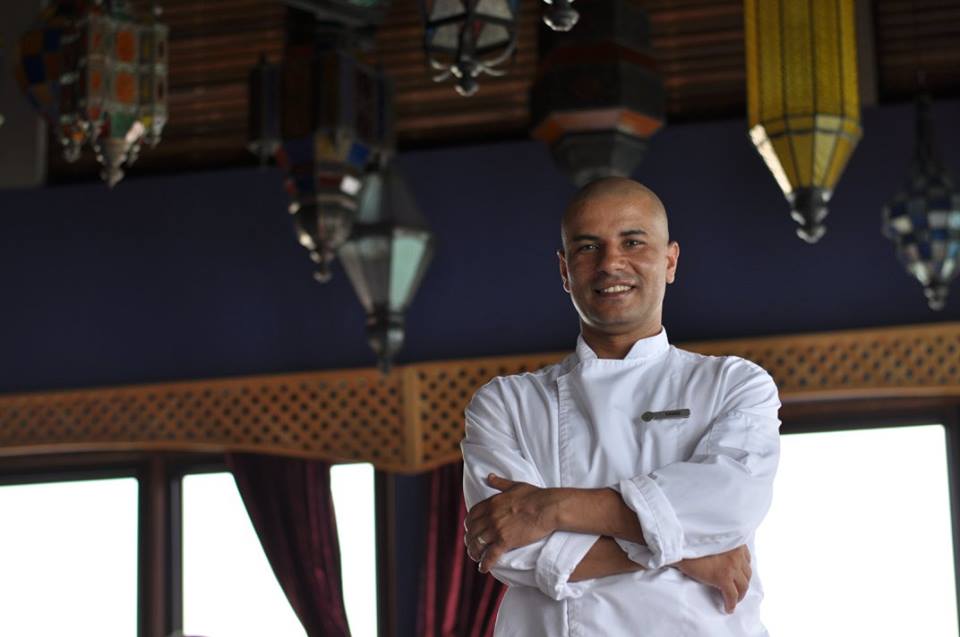
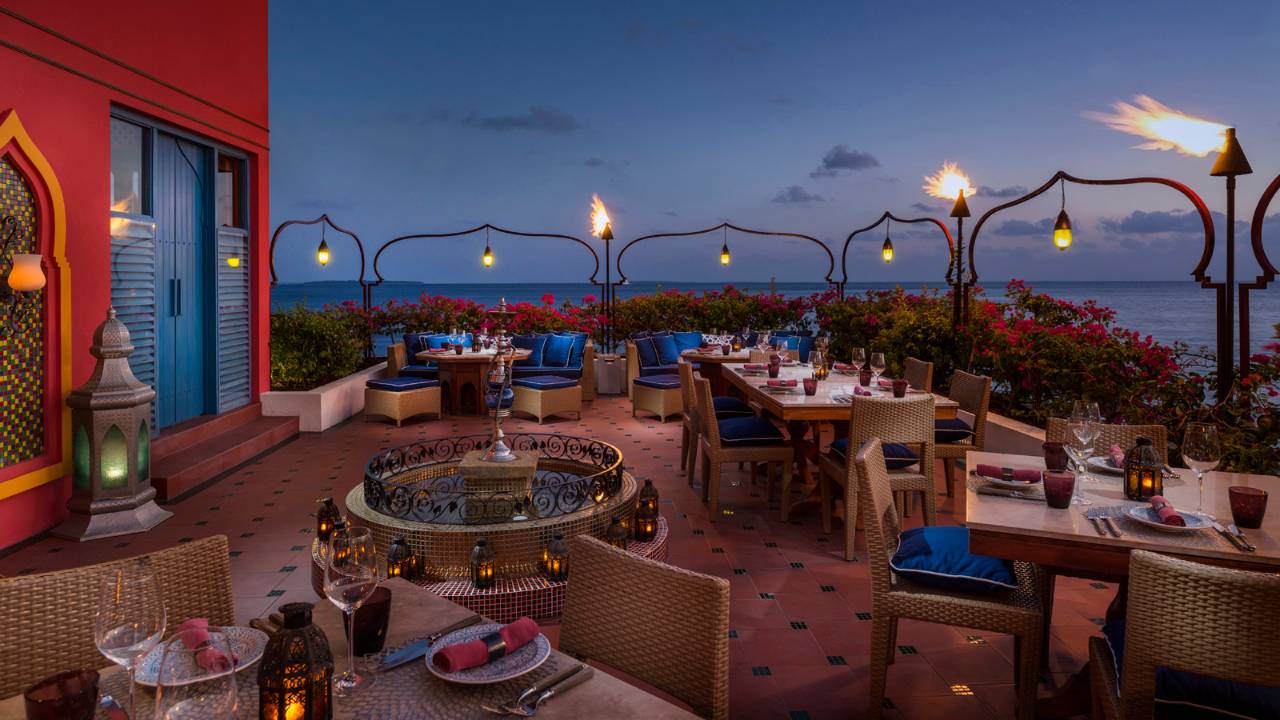

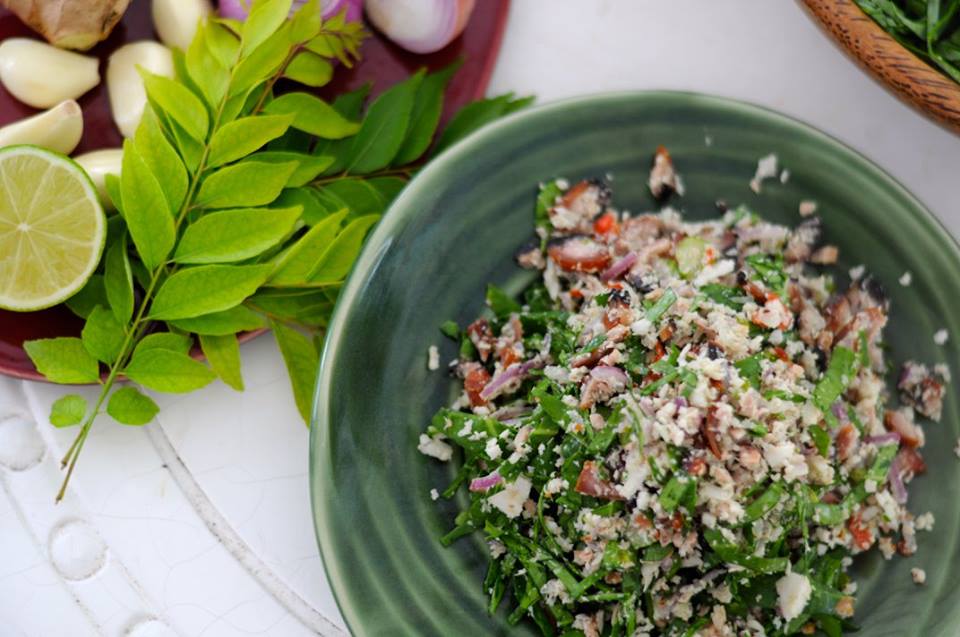
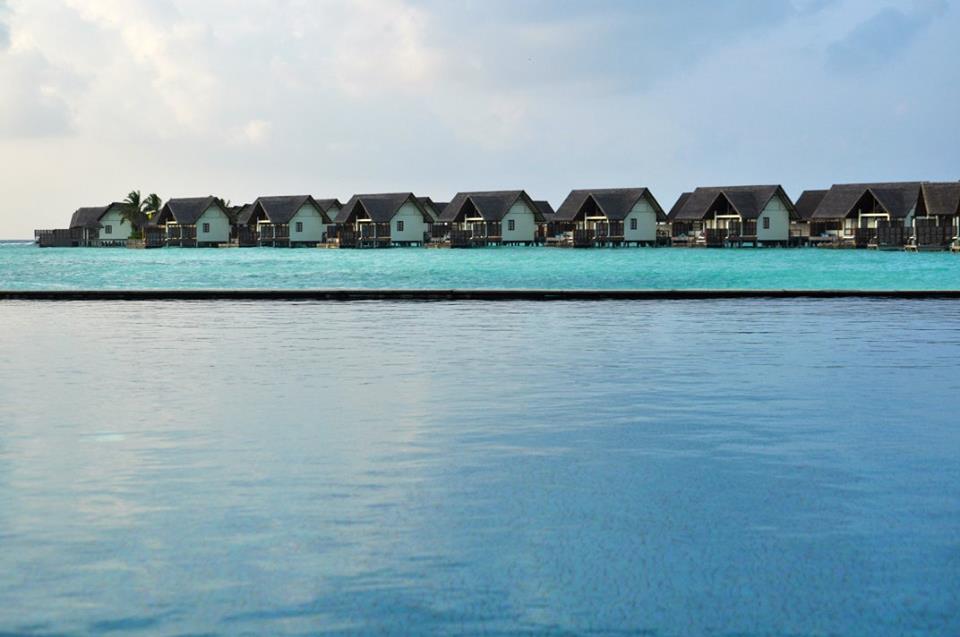
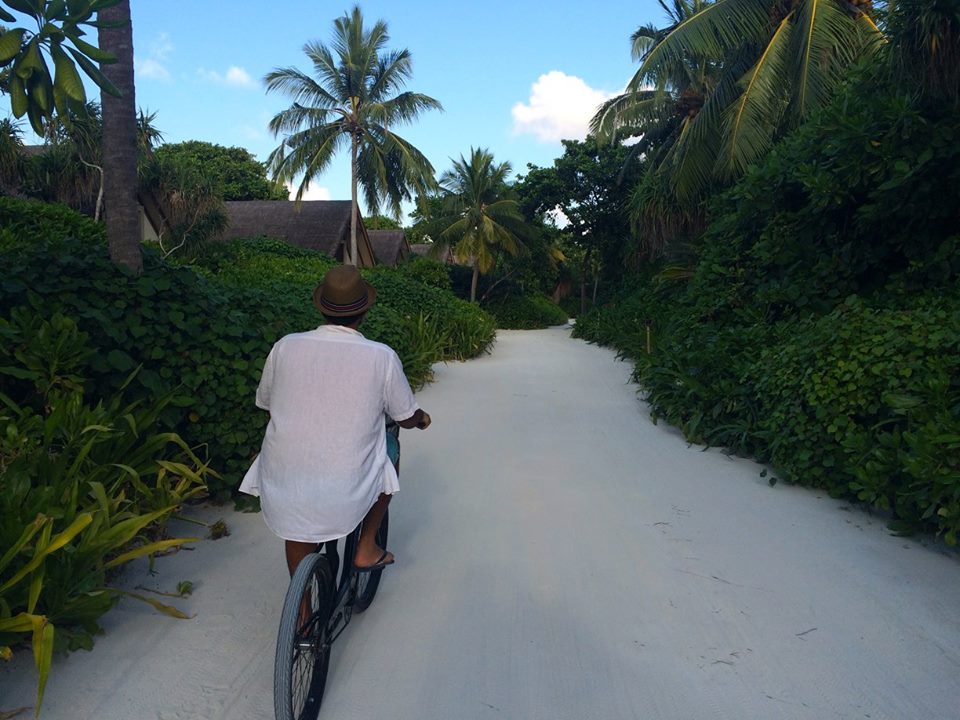
I just read something about why vacations are so necessary for us to function properly. We need them to sleep better, think better and be more creative. While there’s a need, time and place for what I like to call traveling — in which you’re out of your comfort zone diving deep into a new culture or experience — it helps to hit the reset button once in a while with a more relaxed getaway. I’m talking feet in the sand, drink in one hand va-cayyy-tioning.
So tell your boss that you need a vacation because science says so. ASAP.
Our last real vacation was to the Maldives. The occasion: to celebrate our soon-to-be-born baby girl and mourn the last days of our status as a carefree childless couple. I was six months pregnant at the time and the requirements for the trip were warm, sunny, and totally disconnected from reality. The Maldives, a collection of islands smattered across the middle-of-nowhere Indian Ocean, was the obvious choice. (It helped that my husband’s uncle — the former Four Seasons’ general manager— gave us a sweet deal.)
Four Seasons hotels are a without a doubt a cut above the rest. Any time my husband and I are in a new city we pop into the local Four Seasons to have a (very pricey) sparkling water and marvel at the immaculate decor, intimate details and attentive staff.
Above all, the company takes care to ensure that its employees are happy and, in turn, its employees invest in their job of taking care of their guests. Its restaurants and chefs and are no exception, making for stellar dining experiences.
When we stayed at the Four Season in the Maldive’s Landaa Giraavaru, it was Chef Ali Siraj and Saeed Emam that helped make our stay so memorable by taking us into the kitchen of Al Baraka for a cooking lesson.
The restaurant, named after a North African scholar, focuses on Arabian cuisine and has the best chicken tagine I’ve ever tasted. For the cooking class, the chefs showed us a lovely and simple recipe for minted green pea soup a vegetable wheat pilaf and caramelized bananas.
While delicious, I was curious as to what Chef Siraj, a born-and-bread Maldivian, was having for lunch. All I could see where lots of coconuts, hearty greens and some sort of tuna. It looked amazing. When I asked for that recipe and a tutorial on how to make some local dishes, chef was happy to oblige.
There’s little, if any, written history about the culinary traditions of the sprawling island nation, as common dishes have been passed down and adapted from family to family. The foods that are considered traditional dishes reflect the unique mashup of foods that grown in the hot and wet climate with the ancestral background of the Maldivians, which includes decedents from India, Sri Lanka, Malaysia and North Africa. That means a lot of dishes with various forms of coconut and tuna, as well as spicy curries.
Chef Siraj’s tutorial involved some local favorites, which sometimes find their way onto the hotel’s menu. The dishes — a tossed, spicy salad made the the copyfai leaf, a coconut flour roti and a baked tuna fish — were all fresh, healthy and obviously the only thing you’d ever want to eat when living in a coconut tree-lined beach home.
Copyfai is a large, flat green leaf that’s similar in appearance to collard greens and in taste to a less bitter kale. It's not an ingredient I could find back home, so I made a version of the salad with collards, however you could also sub in Swiss chard or kale. I also used smoked trout instead of tuna, because that's what on the shelves around here. If you want to smoke your own tuna, by all means, be my guest. The key to make this super tasty is a lot of coconut...and don't skimp on the salt or spice.
You can get on that recipe here.